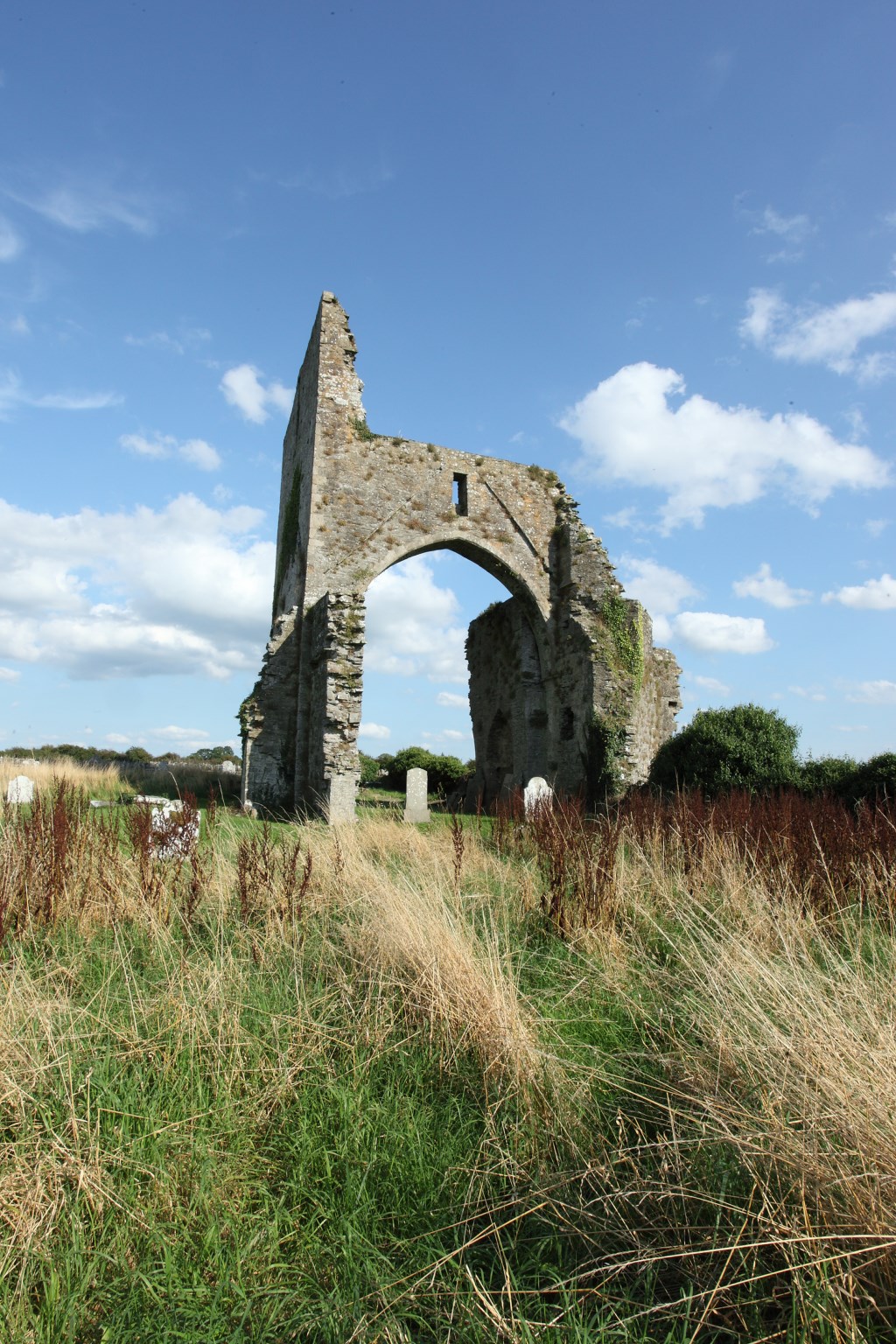Abbeylara Cistercian Abbey
Abbeylara Cistercian Abbey dates from the 13th century. The ruins of the abbey and its graveyard are open to the public and located 3.5km south-west of the town of Granard.
History of Abbeylara Cistercian Abbey
Dating from the Middle Ages, Abbeylara Cistercian Abbey was founded in 1205 by Norman king Risteárd de Tiúit (anglicised as Richard Tuite). His remains are said to have been laid to rest here after he died in 1210.
Much earlier in Abbeylara, it is said that the original Mainistir Lerha (or Abbey of Lara) was founded by St Patrick, who appointed St Guasacht its first abbot. Like many monasteries in County Longford, it was likely built on the site of a much earlier Christian church.
The Abbey was dedicated to the Blessed Virgin Mary, typical of Cistercian monasteries. It was considered a 'daughter house' of St Mary’s Abbey in Dublin, which colonised the monastery in 1214. It grew to be an abbey of importance in the region, owning extensive lands and parish churches.
The church interior has a Sheela-na-gigs (or Síle na Gig), grotesque carvings depicting wizened hags, usually nude and prominently displaying their sex. This is located on the south wall. The majority date from the Middle Ages and are usually associated with church buildings. They are thought to be talismans guarding the faithful against the temptations of the flesh.
Externally, the main living space for the monks would have been in the cloister, located to the south of the chapel. The cloister held ranges of rooms positioned around a central open space known as a ‘garth’. The cloister hosted spaces for study and meditation as well as sleeping quarters.
Throughout the 15th century, repairs and changes to the structure are evident. This is supported by the fact that in 1410 and 1435 the Pope allowed funds to be raised for its repair through the selling of indulgences.
The Abbey is surrounded by a historic graveyard with a range of stone memorials dating from the 16th century to the 20th century.
The monastery was dissolved by 1550. In 1552, a lease of lands including the monastery was granted to Baron of Delvin, Richard Nugent.




